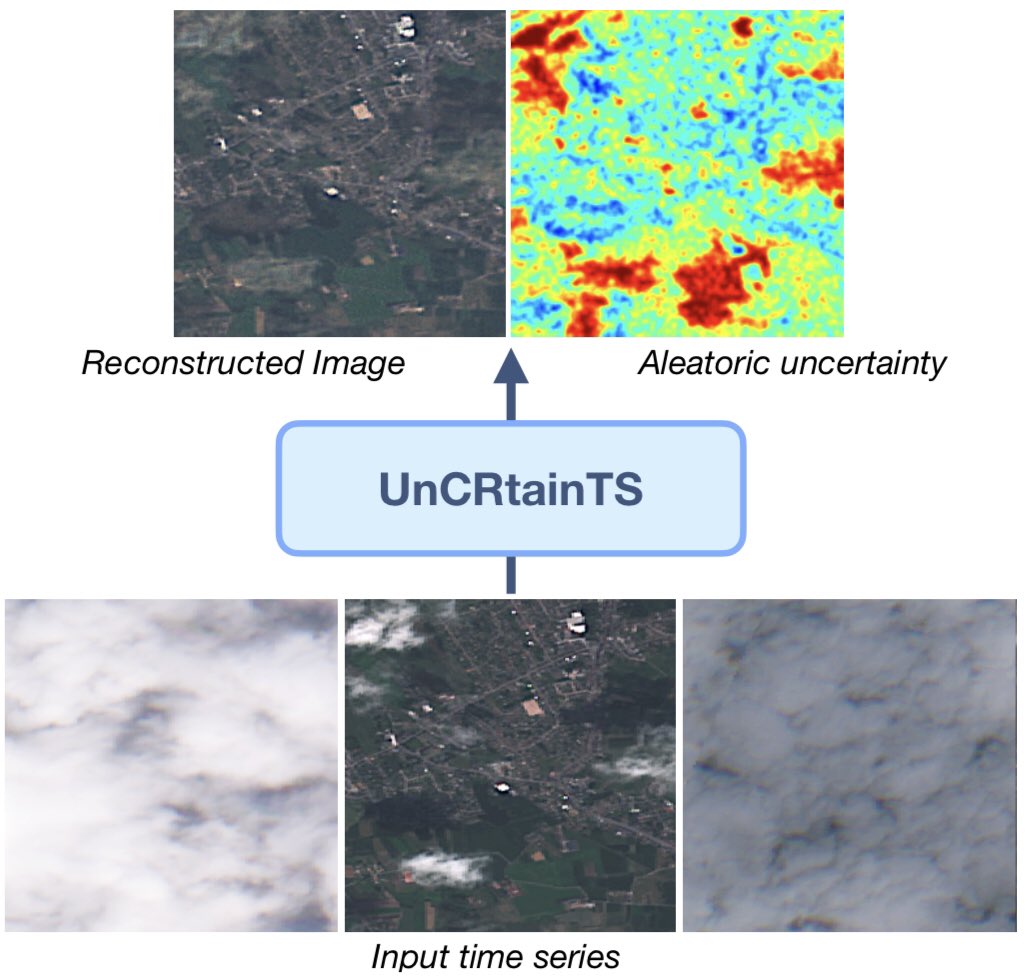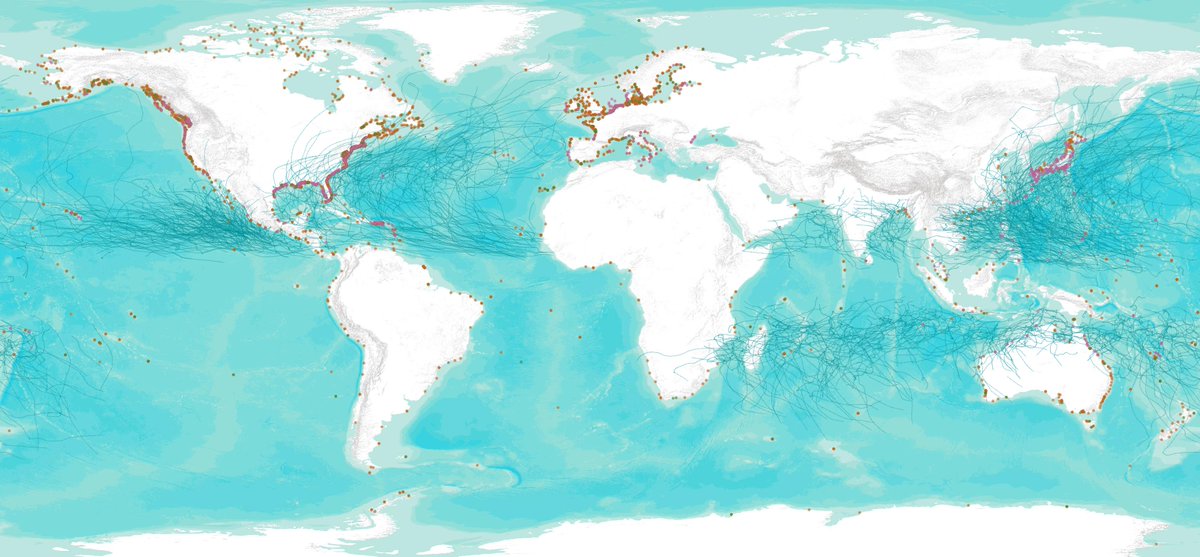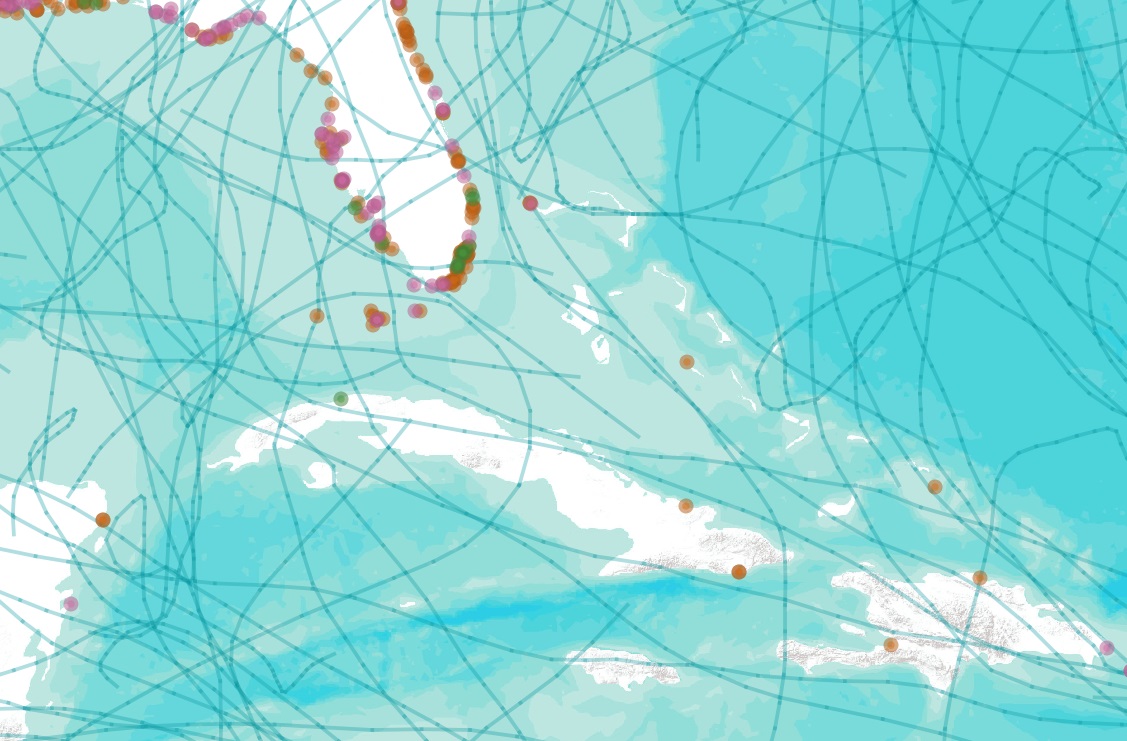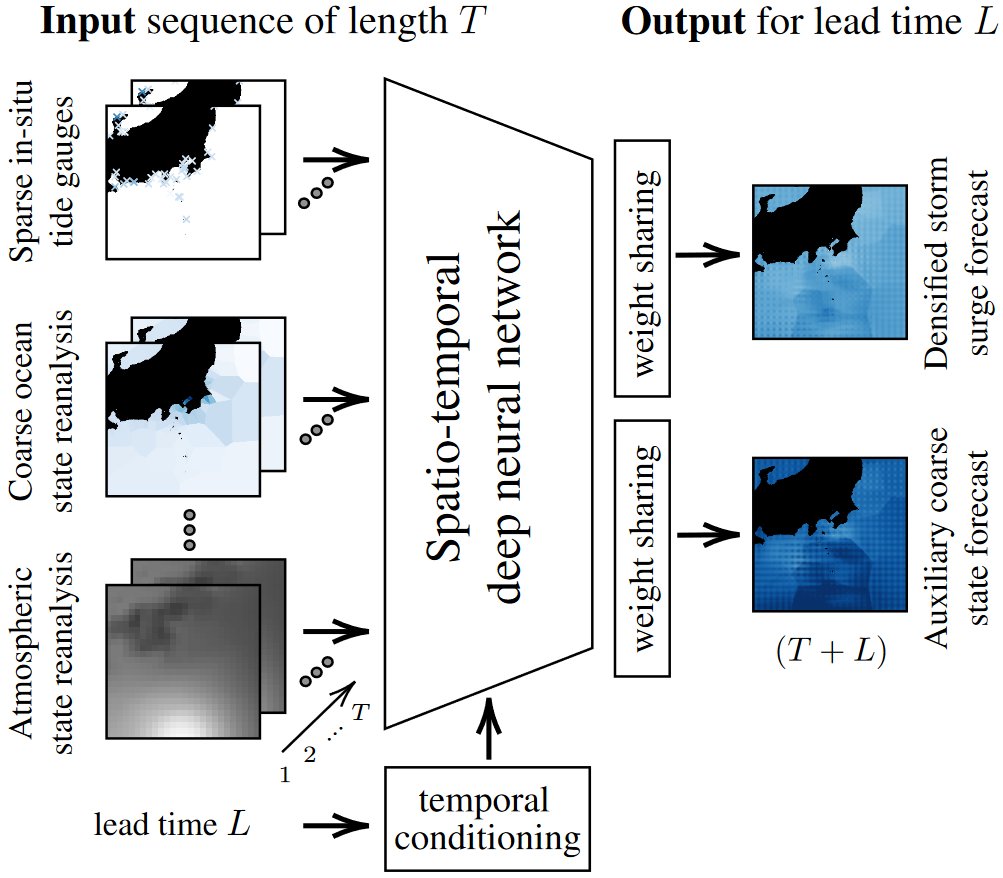

Change predictions based on my and Patrick Ebel 's method in Mariupol over the last month, which subsequently would require ground truth confirmations. This may be areas impacted by explosion, but also other changes. Note that the method does not use any post-event optical image.
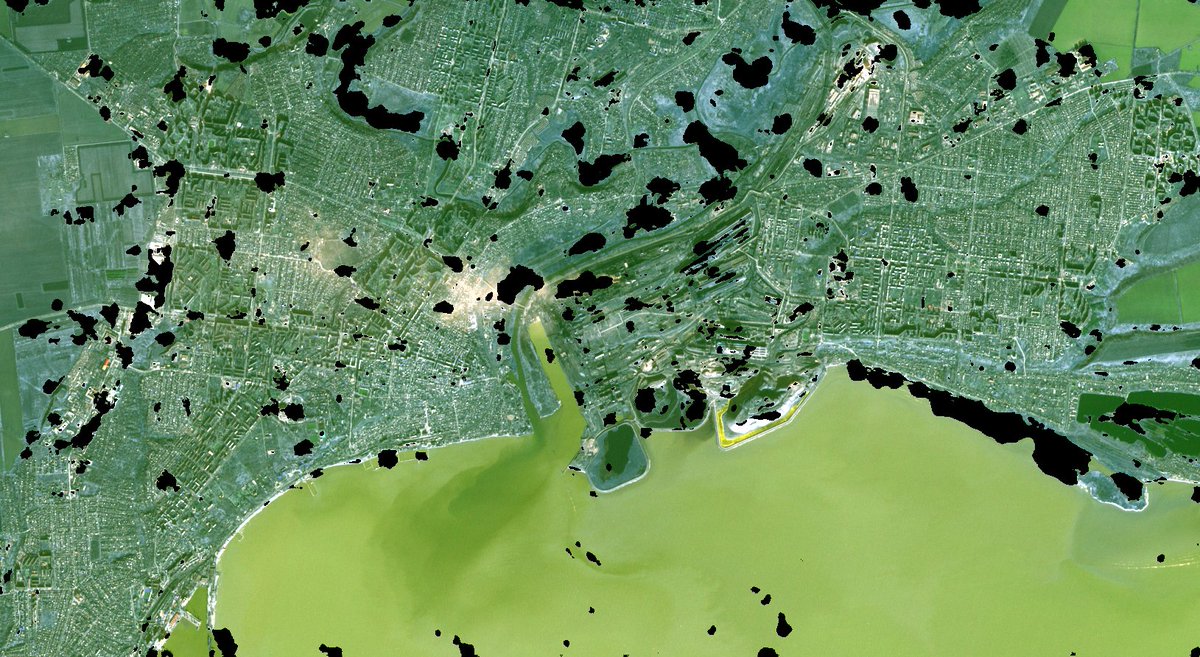




Curious how clouds affect remote sensing applications, such as land cover classification? Jakob Gawlikowski, Michael Schmitt at UniBw M, Xiaoxiang ZHU and me provide an analysis and interpretation of the effects of cloud coverage!
Check out ieeexplore.ieee.org/document/99568…
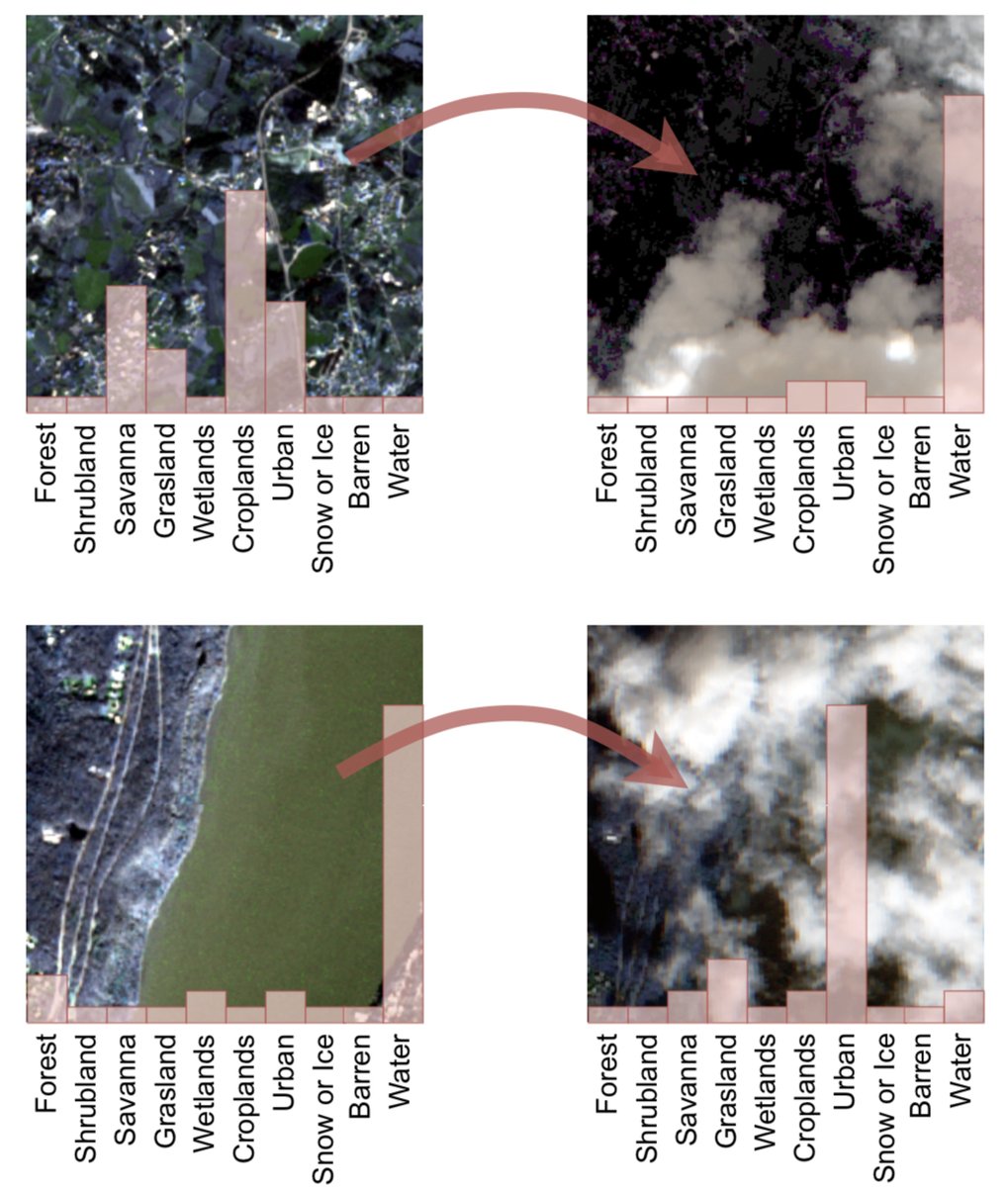

Everyone, please check out our latest work on global forecasting of storm surges at ungauged locations, accepted at #CVPR2024 EarthVision 2024! arxiv.org/abs/2404.05758 @ESA ESA Earth Observation #Philab
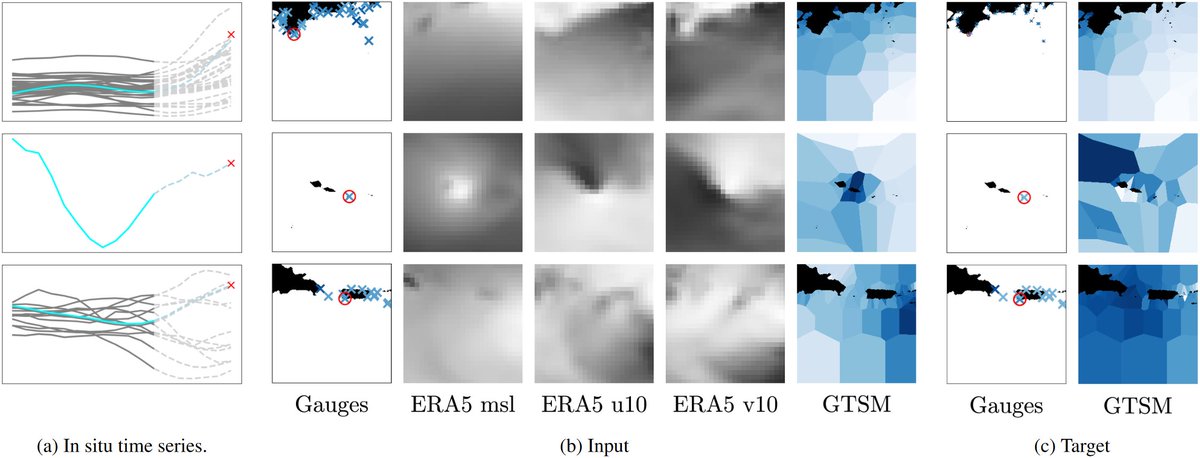

Exciting news: Dr. Ebel Patrick Ebel has successfully defended his PhD on #cloudremoval in #AI4EO . Congrats, Patrick! 🎉 In my view, he did significant contributions towards #trustworthy and #scalable cloud removal in satellite images for real world applications.



I and Patrick Ebel stressed the importance of change detection systems that can work without post-change optical data (e.g., ieeexplore.ieee.org/document/95383…). Ukraine crisis further confirms it, there is hardly any cloud-free optical S2 image there so far. #remotesensing #AI #disastermapping





Carlos Jiménez Gobierno de Atizapán de Zaragoza Fiscalía Edoméx Secretaría de Seguridad del Estado de México Y te faltaron otras muchas más...

Patrick Ebel Robin Cole Thank you for the kind words Patrick Ebel - also, those interested in cloud removal problems should definitely check out Patrick’s excellent works like DSen2-CR, GLF-CR (among many others) as well as their related datasets!
